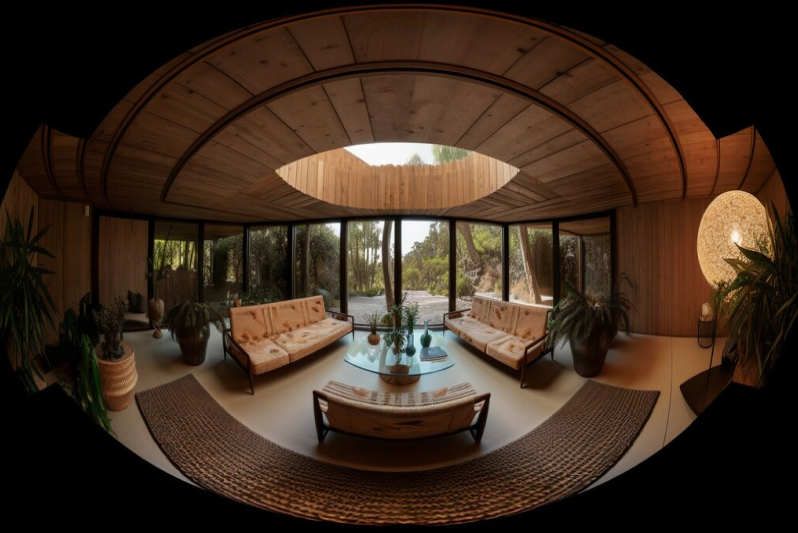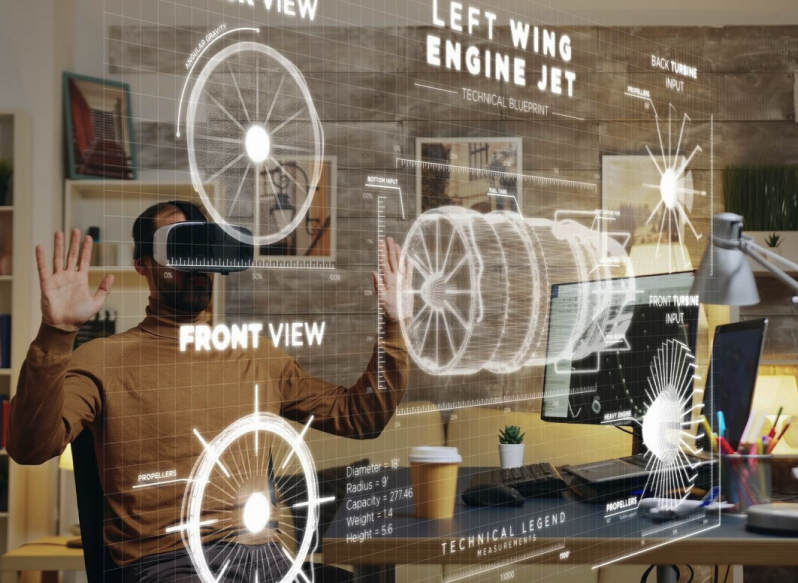Unveiling the Power of
Virtual
Tours
in Revolutionizing Real Estate
In an ever-evolving digital landscape, industries are continually
adapting to innovative technologies, and real estate is no exception. The traditional
ways
of house hunting and property showcasing have taken a remarkable leap into the digital
realm, thanks to the emergence of virtual tours. These immersive, interactive
experiences
are transforming the real estate landscape, offering both buyers and sellers a myriad of
advantages that were previously unthinkable.
A 360-Degree Perspective
Gone are the days of static images and limited property descriptions. Virtual tours
provide prospective buyers with an immersive, 360-degree view of properties from the
comfort of their own homes. These tours enable individuals to virtually walk through a
property, exploring every nook and cranny in vivid detail.
Bridging Distance Barriers
One of the most remarkable aspects of virtual tours is their ability to transcend
geographical limitations. Whether a potential buyer is across town or across the globe,
they
can explore a property as if they were physically present. This feature has been a
game-changer, especially in the wake of global events that restricted travel and
in-person
visits
Enhanced Decision-Making
Gone are the days of static images and limited property descriptions. Virtual tours
provide prospective buyers with an immersive, 360-degree view of properties from the
comfort of their own homes. These tours enable individuals to virtually walk through a
property, exploring every nook and cranny in vivid detail.
Time and Cost-Efficiency
For both buyers and sellers, virtual tours save significant time and resources. Buyers
no
longer need to spend hours driving from one property to another, and sellers can
showcase
their properties to a wider audience without the need for multiple physical showings.
This
efficiency benefits everyone involved in the real estate transaction process.
Marketing Advantage
Real estate agents and sellers leveraging virtual tours gain a competitive edge in
marketing. These dynamic presentations attract more attention and engagement compared to
static listings. They not only draw in more potential buyers but also showcase a
forward-thinking approach, establishing credibility and professionalism.
Evolving Technology & Adaptation
The technology behind virtual tours continues to advance, incorporating features like
virtual reality (VR) and augmented reality (AR), providing an even more immersive
experience. With VR headsets, buyers can virtually step into a property and explore it
as if
they were physically present, creating an unparalleled sense of presence and space.
Conclusion
The power of virtual tours in revolutionizing real estate cannot be overstated. They
have redefined the way properties are showcased, making the experience more engaging,
convenient, and informative for buyers while amplifying the reach and impact of sellers
and agents. As technology continues to evolve, the potential for virtual tours to
further transform the real estate industry remains vast.
In a world where convenience, efficiency, and experience are paramount, virtual tours
stand as a testament to the synergy between technology and the real estate market,
shaping a future where boundaries of distance and time are transcended in the quest for
the perfect home.








